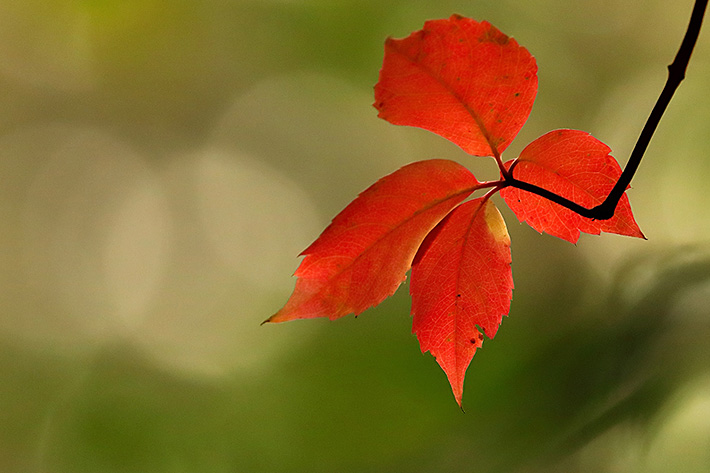
Coming from transparency film to digital, 100 ISO was my “safe” value all the time. It’s hard to change when you’ve worked that way for decades, but I am learning, I am learning. I’ve discovered I can photograph my subjects at 1600 ISO and be happy with it.
The lessons learned in video apply to photography, I believe. When you pick a camera like the EOS C100 and discover your ISO starts at 320, you begin to see things in a different way. Add the move to a camera sensor with new technology, and you start to think: be bold, dare to explore.
I tried photographing flowers at ISO 800 some months ago, and felt that the results pleased me. My flower photography is an important part of my work, so I need to feel that I do things the right way. I promised myself then that I would take the experience further, and I’ve done so. I’ve gone all the way up to 3200 ISO, which I feel is still usable but, in general, beyond what I feel represents my work.
The problem with high ISO like 3200, is that “miracles do not exist”. When you photograph under lots of light, light appears to hide the high sensitivity used. It’s when you get into the shadows that 3200 ISO shows the noise/grain you would like to avoid.
With flowers, and in the conditions I generally work, I’ve come to the conclusion that 1600 ISO is my limit. Beyond 1600 ISO detail starts to go. I like the softness of my images, but I want to keep it in the background, and away from the flower.
That’s why, as a rule of thumb, 1600 ISO is my new acceptable “high ISO” value for flowers and nature subjects. To see larger versions of the examples here follow the link to Medium.
I shot all the photos at 1600 ISO, except for the photograph of the statue, which I captured at 800 ISO. The photographs are sketches from a scouting trip for a new photo tour I am planning. To read more about it follow the link to article One Lens, One Hour, My Vision of Autumn.
Camera manufacturers like to promote high ISO in their marketing with one idea: you do not need a tripod. The idea is debatable, although I agree a rarely use a tripod for flower photography outdoors. There is no reason to use it, especially with the wind blowing, as what you need is a high speed, to freeze the flower.
My rule for flower photography is simple: a long lens used at its longest focal length and a wide aperture. I hold the camera and lens (one 100-400mm on a APS-C body, which works like a 640mm at the long end), so I need a high speed.
Raising ISO extends your creative options, as you’ve more shutter speeds and apertures to work with. That’s something I’ve experienced in recent months and confirm now with these photos.
Working at 1600 ISO means you lose some of the detail you would otherwise get – especially if working at my beloved 100 ISO – but if you’re not a pixel-peeper, I see no problems there.
The final photographs do represent a good collection of Autumn. At 1600 ISO, a value that we would never dream about in the days I used Velvia 50 or Ektachrome Panther.
